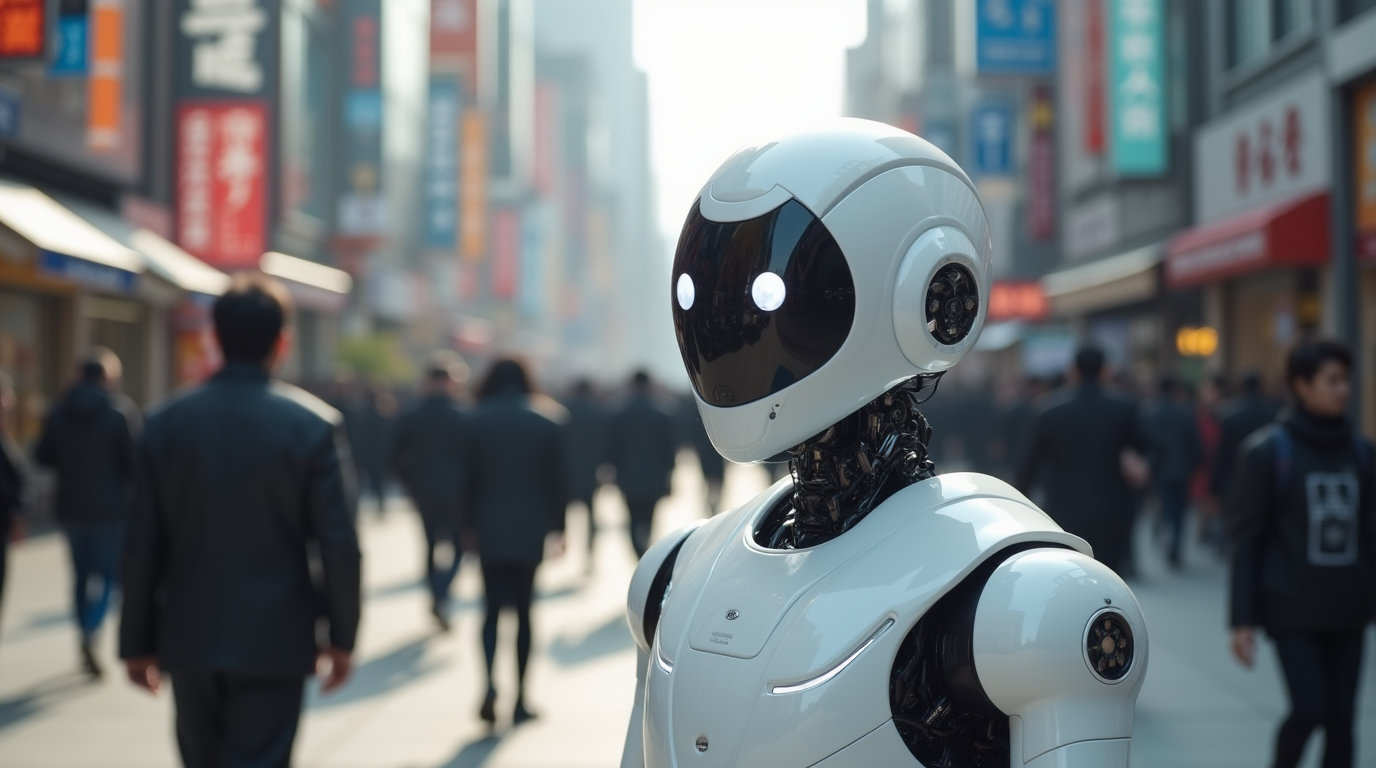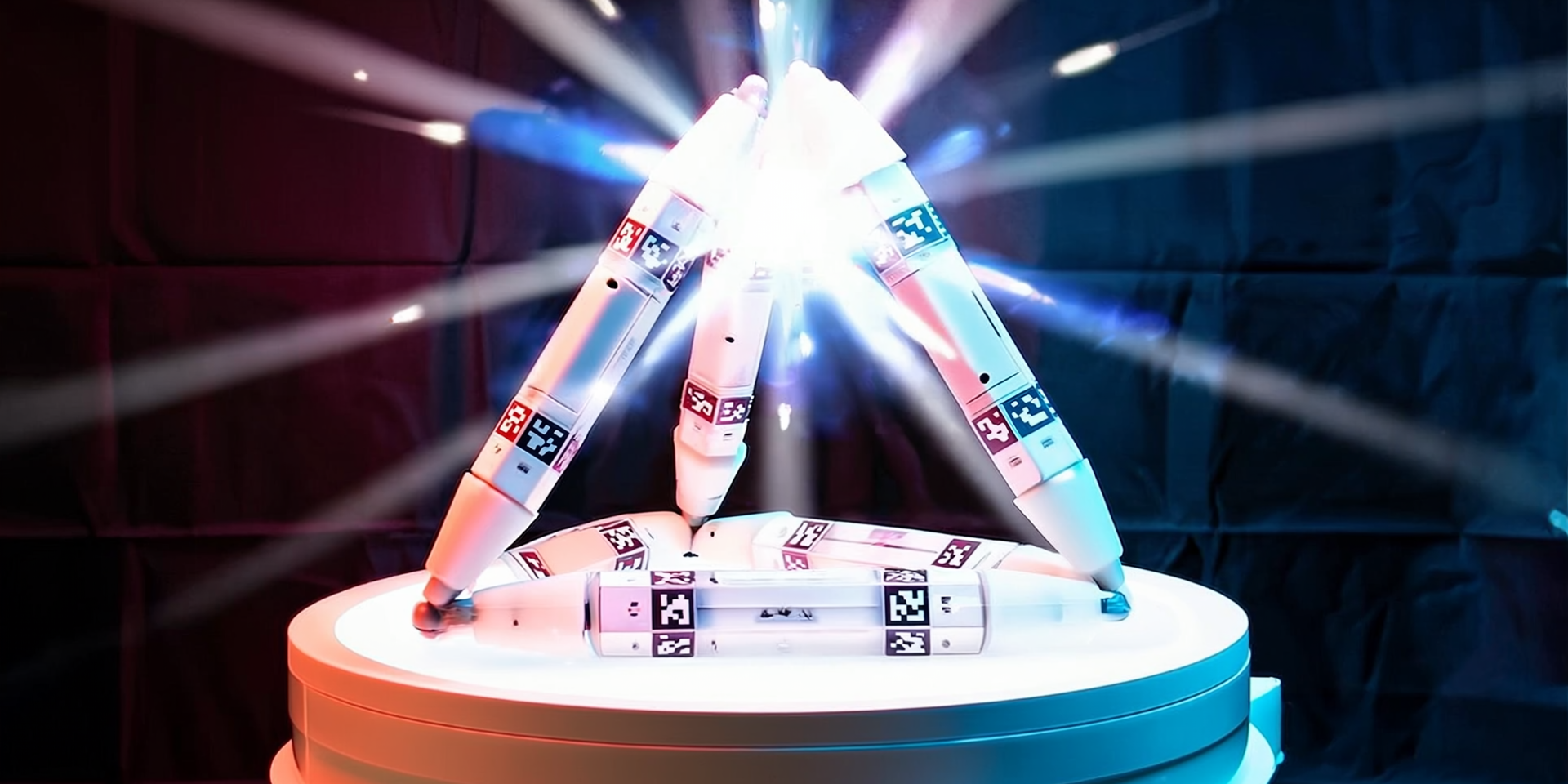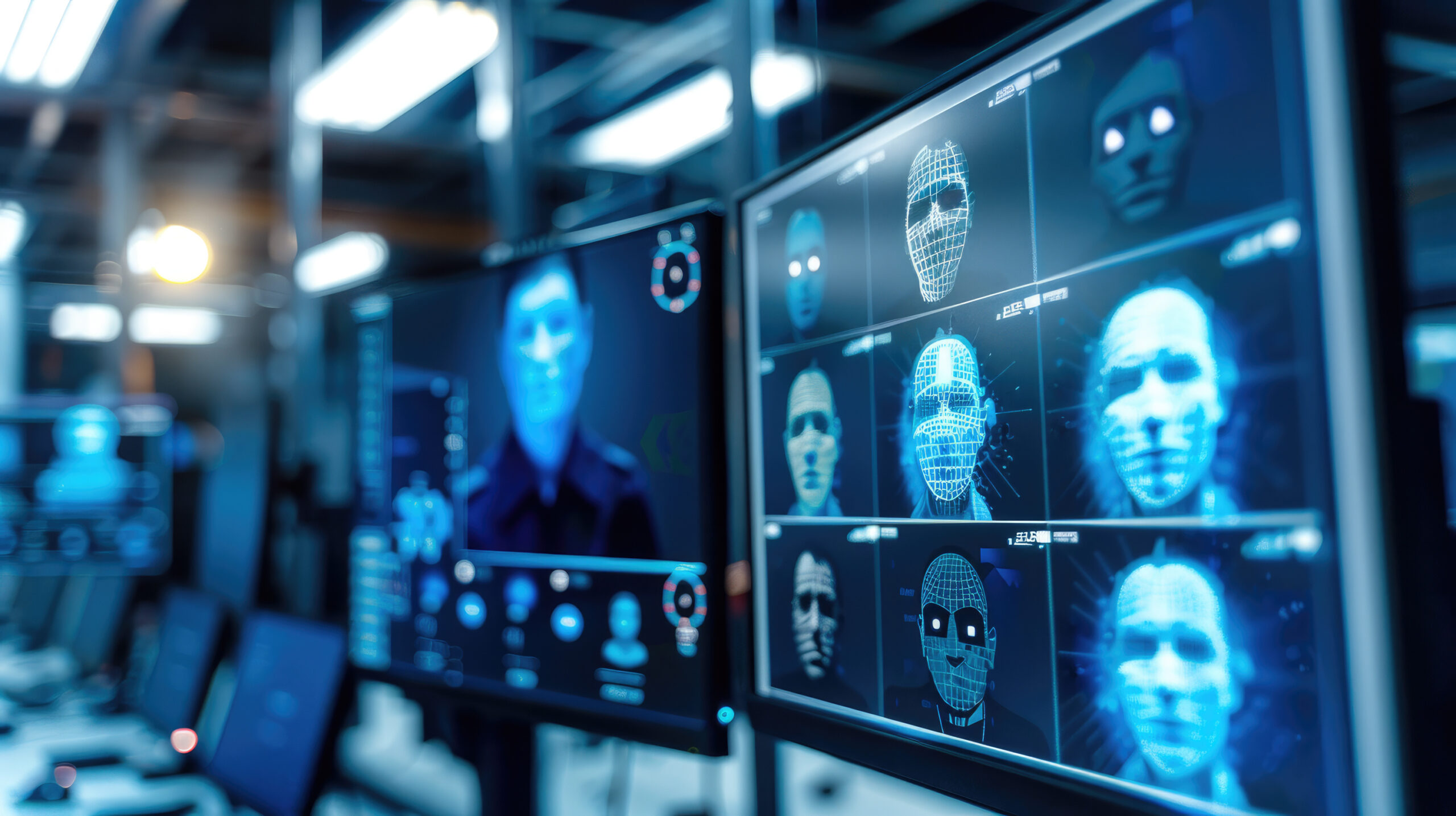Starting in 2025, South Korea has taken a significant step into the future by allowing robots to legally walk among pedestrians on sidewalks. Thanks to new legislation that amends the Road Traffic Act and introduces the Intelligent Robots Act, certified robots officially gain “pedestrian status,” opening new possibilities for urban robotics.
The New Regulations
The law that made this innovation possible was introduced by the South Korean government with the aim of promoting the adoption of advanced technologies such as robotics, without compromising public safety. In particular, the government has established regulations that allow autonomous robots to operate in public spaces, but with specific limits and rules to avoid accidents and ensure pedestrian well-being.
To obtain the right to move on sidewalks, robots must meet a series of stringent requirements. They must weigh less than 500 kg, move at a maximum speed of 15 km/h, and pass a safety certification process. These robots are also subject to continuous monitoring to ensure they operate safely and in compliance with the established regulations.
An additional important aspect concerns the responsibility of the operators: they must subscribe to an insurance policy covering any damages caused by the robot in case of accidents. This is a crucial step to protect pedestrians and ensure that the introduction of robots does not pose risks to public safety.
Operational Limits of Robots
Despite the new regulations opening the door to a future where robots could become a daily presence in South Korean cities, there are still limits to be respected. Robots, for example, cannot circulate freely everywhere but are restricted to specific zones, such as pedestrian areas or roads limited to vehicular traffic. This is to avoid interference with car traffic and ensure that robots do not pose a danger to drivers or motorcyclists.
Applications and Challenges
Currently, many companies are already testing autonomous robots for applications like deliveries and urban patrols. For example, robots are being used to deliver packages or food in specific areas or to monitor security in some city zones. The introduction of this technology has the potential to radically change how South Korean cities operate, improving service efficiency and contributing to reducing traffic.
However, the adoption of robots among pedestrians also brings several challenges. One of the main concerns is safety, as robots need to be able to avoid obstacles and recognize pedestrians in real-time. Additionally, there is the issue of social acceptance: not everyone is ready to coexist with autonomous robots on the streets, and the regulations will need to adapt over time to address new issues and improve interactions between robots and citizens.
The Future of Robotics in South Korea
This legislative shift marks a decisive step in the integration of robotics into daily life. The future of robotics in South Korea is evolving rapidly, and the current legislation could serve as a model for other nations. If this experimentation proves successful, it could pave the way for even deeper integration of robots into urban life, transforming the way we move, receive services, and interact with technology.
In summary, South Korea’s decision to allow robots to circulate legally among pedestrians represents a major innovation, but also a significant challenge. The regulations established set clear limits aimed at ensuring safety, but the evolution of technology and society’s responses will determine the success of this new robotic phase in cities. The future, in the East, is literally walking among us.




